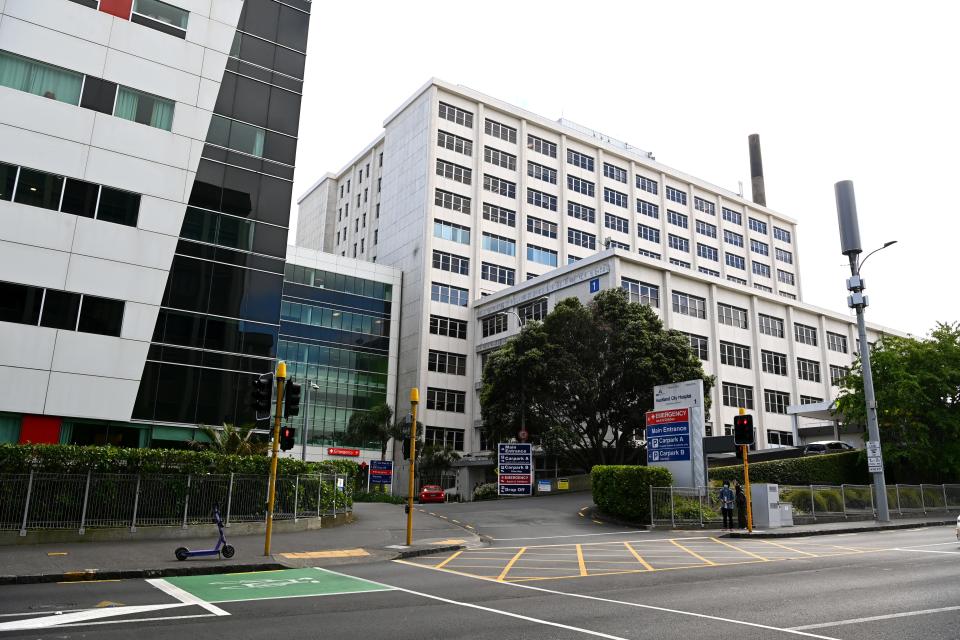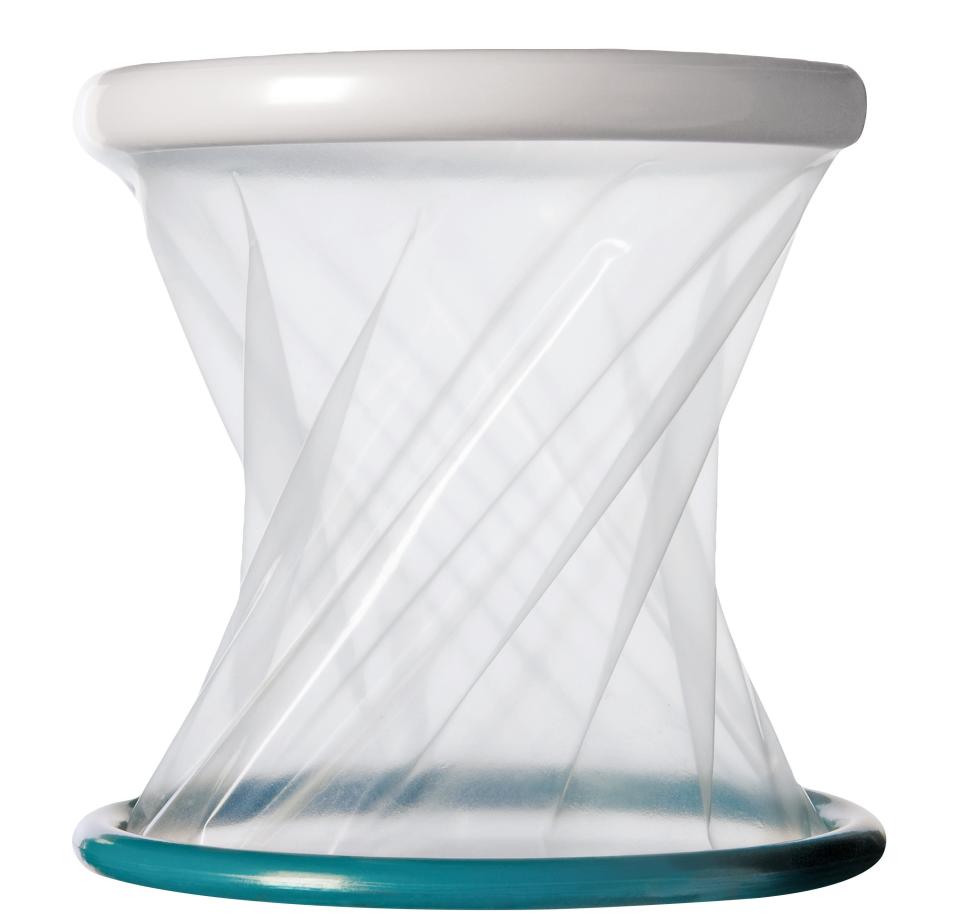'Dinner plate sized' surgical tool removed from woman's body 18 months post C-section
A surgical tool "the size of a dinner plate" was discovered and removed from inside a woman's abdomen 18 months after she had a caesarean section while giving birth to her child, health officials in New Zealand have confirmed.
The woman, whose name has not been revealed, underwent a scheduled C-section at a hospital in Auckland where she gave birth to her child in 2020, a report released by New Zealand's Health and Disability commissioner, Morag McDowell stated.
'Blessing': Kourtney Kardashian reveals she underwent 'urgent fetal surgery' to save baby's life
Serious abdominal pain
Soon after her C-section, the woman started experiencing serious pains in her abdomen. She reported her agony to her doctor and continued to do so "a number of times in the 18 months after the C-section." On one occasion, the pain was so severe that she had to be rushed to the emergency room in Auckland City Hospital.
It was later revealed that an "Alexis wound retractor (AWR), a device used to draw back the edges of a wound during surgery, was left in her abdomen following her C-section," according to the report.
"This resulted in the woman suffering chronic abdominal pain until the device was discovered incidentally on an abdominal CT scan," said the report.
An AWR is a non-radio-opaque item, which makes it undetectable on an x-ray.
Following initial investigations, the hospital, Te Whatu Ora Auckland, formerly Auckland District Health Board, claimed it had exercised reasonable skill and care towards the patient, who was in her 20s.

What happened on the day of her C-section?
On the day of her C-section, several operating room staff including a surgeon, a senior registrar, an instrument nurse, three circulating nurses, two anesthetists, two anesthetic technicians and a theater midwife, were present during the procedure, according to the report.
The surgeon initially used a large-sized AWR to perform a midline laparotomy, a procedure that involves cutting open the abdomen to access the organs inside, said the report.
However, that was too small for the incision, so it was removed and replaced with an extra-large AWR on the surgeon's advice.
"The Case Review found that it was this second AWR (size XL) that was retained," read the report. "It should be noted that the retractor, a round, soft tubal instrument of transparent plastic fixed on two rings, is a large item, about the size of a dinner plate."
The AWR is usually removed once the procedure is completed.

A nurse, who has not been named, said in the report that her department did not record the Alexis retractor on the count board "due to the fact that the Alexis Retractor doesn't go into the wound completely as half of the retractor needs to remain outside the patient and so it would not be at risk of being retained."
Two other nurses present said they had no recollection of the case though one of them remembered opening a second AWR and said that this was very unusual.
"I remember being asked by the scrub nurse to open another Alexis wound retractor … We had none in the prep room, so I quickly fetched one from the sterile stock room," said one of the nurses. "I opened this to the scrub nurse and left it at that. I do not remember telling [one of the other nurses] that I opened it, and I did not write this with the count, as at this time this item was not part of our count routine."
It is common practice to count the number of instruments used in an operation before and after surgery.
Written apology
McDowell, in her recommendations, said that the healthcare provided to the woman "fell below the appropriate standard".
"There is substantial precedent to infer that when a foreign object is left inside a patient during an operation, the care fell below the appropriate standard," wrote McDowell. "I acknowledge the stress that these events caused to the woman and her family. I accept her concerns regarding the impact this had on her health and wellbeing and that of her family."
The commissioner recommended the hospital staff to provide a written apology to the victim within three weeks and "also to provide the woman and her kaīnga the opportunity to meet face to face, facilitated by Te Whatu Ora’s Pasifika health services".
McDowell added that the hospital will be referred to the Director of Proceedings in accordance with the Health and Disability Commissioner Act 1994 to determine whether any further proceedings should be taken.
'Sorry for what happened'
Meanwhile, Te Whatu Ora Group Director of Operations for Te Toka Tumai Auckland Dr Mike Shepherd apologized for the mishap in a statement, according to The Guardian.
“On behalf of our Women’s Health service at Te Toka Tumai Auckland and Te Whatu Ora, I would like to say how sorry we are for what happened to the patient and acknowledge the impact that this will have had on her and her whānau [family group]," Dr Shepherd said in his statement.
“For ethical and privacy reasons we can’t comment on the details of individual patient care. However, we have reviewed the patient’s care and this has resulted in improvements to our systems and processes which will reduce the chance of similar incidents happening again. We acknowledge the recommendations made in the commissioner’s report, which we have either implemented, or are working towards implementing," he added.
Family sues Georgia doctor after baby was decapitated during delivery, lawsuit alleges
This article originally appeared on USA TODAY: Surgical tool removed from woman's body 18 months post C-section

